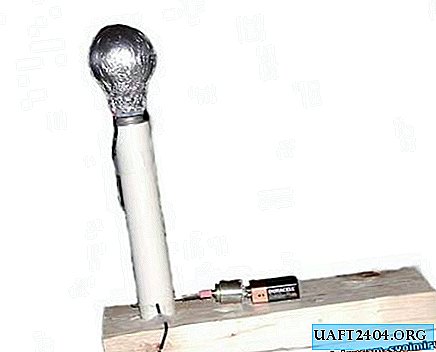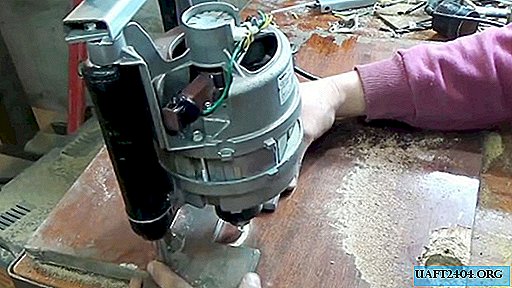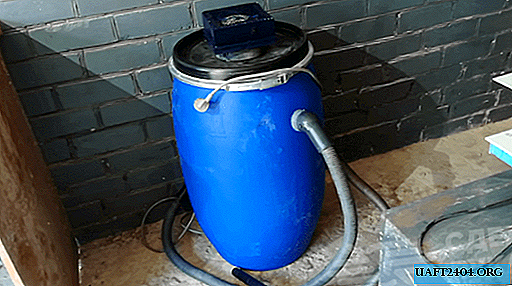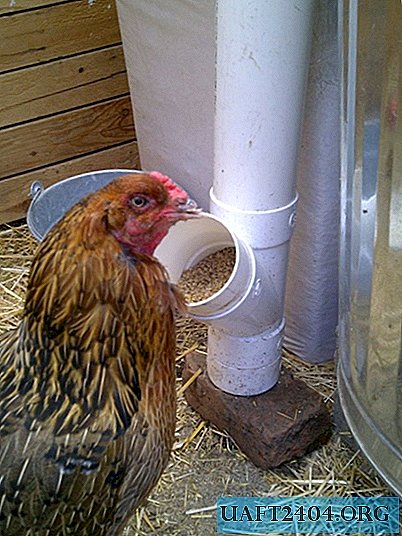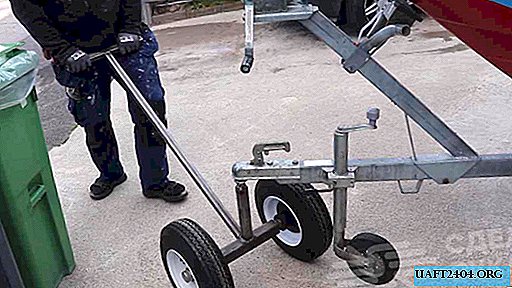Share
Pin
Tweet
Send
Share
Send
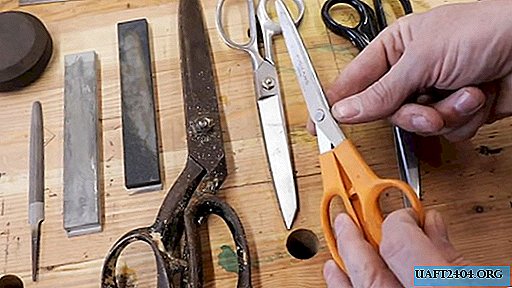
The grinding angle is set at the factory and cannot be changed during the use of scissors. It is in this to a greater extent the skill of grinding this cutting tool along the entire length of the blade lies.
Consider how professionals sharpen scissors and, in general, how they are kept in perfect working condition.
Sharpening scissors
Inspection begins with the inner surfaces of the blades. A slight roughness and even shallow risks are not only acceptable here, but also necessary: due to them, the material being cut does not slip along the blades and is processed with high quality.

In the presence of deep scratches and burrs remaining after sharpening, the inner surface of the blades can be slightly corrected on a flat or round grinding stone with fine grain, after sprinkling them with water. Special zeal is not worth it.



The most critical moment is the sharpening of the cutting edges of the scissor blades. Here, professionalism consists in observing the initial angle of sharpening, which must remain constant from the beginning to the end of the cutting edge, that is, one cannot do without the “hardness” of the hand.
It is necessary to securely fasten the blade with the cutting edge up in a joiner's vice.


As a grinding tool, you can use a file with a fine notch or a set of whetstones of different grain sizes. You can also use round stone. Of course, sharpening should be done using wet technology.



During sharpening, wipe the blade regularly with a soft cloth and check the sharpness of the cutting edge. An experienced master easily does this by swiping along the edge with his finger.
A less sophisticated specialist needs to check the sharpening by cutting the fabric. It will be considered high-quality if the scissors easily cut fabric anywhere on the blade, including the ends, without wrinkling the material, and not chewing it.

Scissors care
Sometimes even a sharpened tool cuts poorly. In this case, check the tightness of the screw holding the blades together. If it is insufficient, a gap is formed between the cutting edges, into which the material is clogged and the cutting process stops or becomes poor-quality.

This defect is eliminated simply: you should tighten (but not tighten!) The screw, and the problem will disappear. It does not hurt to lubricate this screw and the adjacent lever areas with a drop of engine oil for the scissors to work properly.

Another problem during cutting may be due to the appearance of a gap at the ends of the blades. In this case, the cutting edges will not close and the material at the end of the scissors will not be cut. It is not difficult to eliminate such a defect: the matter is in special plastic or metal stoppers located between the rings, which should be slightly sharpened with a file.
Share
Pin
Tweet
Send
Share
Send

